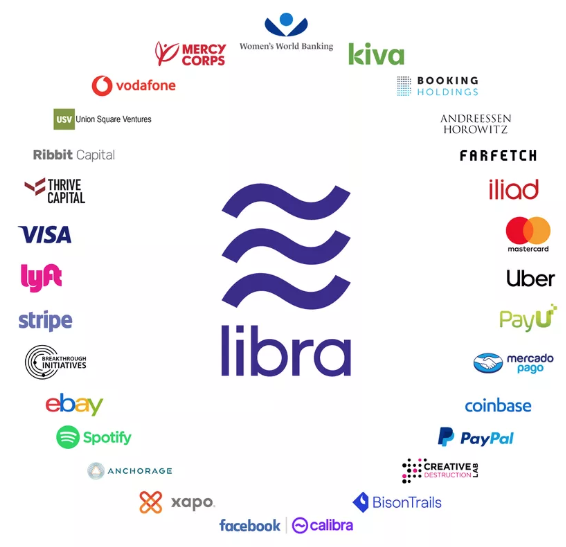Introduction
It has been 6 months since the announcement of the cryptocurrency, Libra. So, what has happened during this time (from the announcement on the 18th of June 2019, to the hearing with the House of Financial Services Committee, to now)? What are the pros and cons of Libra and its potential impact?
Having worked in the blockchain startup space and a cryptocurrency exchange, I have had my share of the wild ride that it has been for the past two years. And I can say that it looks like Libra have more or less experienced the ups and downs of the same rollercoaster.
As much as this space and the market is still relatively immature, there still remains a potential for cryptocurrencies and blockchain technology to make a real difference in our world and how we transact. So, my teammate and I have put together a blog series to illustrate what has been happening in this space, the pros and cons, and the deeper implications of Libra. Before we deep dive, let’s first have a look at what Libra is and how it compares with existing cryptocurrencies.
Libra?
Based on the Libra white paper (released on the 18th of June 2019), “Libra’s mission is to enable a simple global currency and financial infrastructure that empowers billions of people”. The cryptocurrency is to be built on a secure and open-source blockchain, its value will be backed by a reserve of government assets, including fiat currencies and government bonds, and the project will be led by an independent association called the ‘Libra Association’. This cryptocurrency will allow users to make payments using messaging applications like Facebook Messenger, Whatsapp and other third-party apps which can be built on the open-source blockchain.
The Libra Association consists of various businesses and organisations which include businesses from the payments, technology, telecommunication sectors, non-profit and academic institutions. Their role is to govern the development of the blockchain, manage the Libra reserve, run the validator node and develop the long term strategy for financial inclusion (source). It was initially announced that there were 28 members in the Libra Association (with the founding members expected to invest a minimum of $10 million), and may potentially grow to 100 members in the first half of 2020 (source1, source2):

It may seem like Libra is just another cryptocurrency, but the model is different because it is a permissioned blockchain. This means that Libra’s model is centralised and the ledger is not viewable by the public. However, there are some benefits for a centralised model, that is, Libra is able to improve the currency’s scalability (the number of transactions per second) if required. The following table compares Libra with existing cryptocurrencies, Bitcoin and Ethereum:
|
|
Libra |
Bitcoin |
Ethereum |
|
Initial Release Year |
2020 (to be released) |
2009 |
2015 |
|
Mission |
To enable a simple global currency and financial infrastructure that empowers billions of people. |
A global, open-source platform for decentralized applications |
|
|
Consensus Algorithm |
Libra Byzantine Fault Tolerance with a permissioned set of validators. |
Proof of Work |
Proof of Work (currently) Proof of Stake (soon) |
|
Transactions per Second |
1000 (scalable) |
7 |
15 |
The Libra project is a very ambitious one. Since the project’s announcement, it has received varied reactions and reviews from the public and governmental organisations due to its pros and cons and the implications (which will all be explored more in Part 2 and Part 3).
By Vivienca Luong - [email protected]